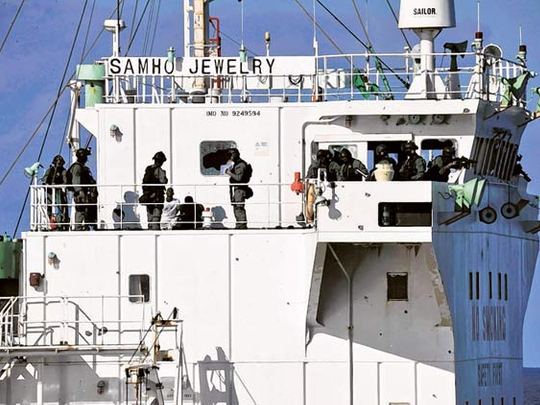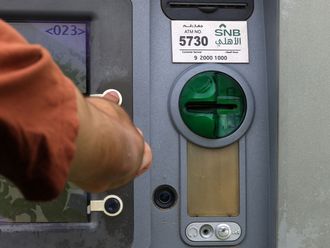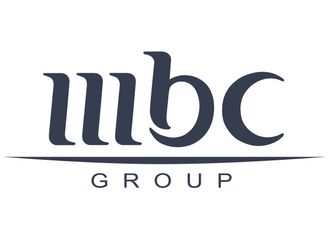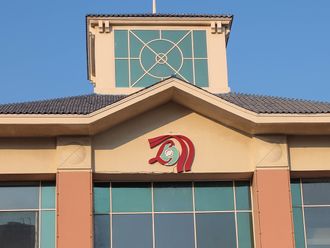
Dubai: For the global shipping industry, which is still quite some distance away from a recovery following the global recession, losses from piracy reached an unwanted high during 2010.
According to an industry grouping, they are estimated at a staggering $7 billion (Dh25.71 billion) to $12 billion.
In a first exercise of its kind, the grouping — named Oceans Beyond Piracy — estimates that ransoms paid to Somali pirates averaged $5.4 million last year, well above the $150,000 average in 2005.
Last year's figures may have been distorted by the handout of $9.5 million — the highest ransom paid for marine piracy — in November for the South Korean oil tanker Samaho Dream.
For the whole of 2010, Somali pirates walked off with around $238 million in ransom paid by the shipping lines.
That they are getting emboldened is reflected in last week's hostile activity off the Indian coast involving a Thai boat. However, the incident ended in failure and the capture of 15 pirates. But luck has not always favoured the authorities… or the shipping lines and the sailors.
Oceans Beyond Piracy estimates that around 500 seafarers from over 18 countries are currently being held hostage by pirates.
In the new report, the industry grouping places an estimate of the costs incurred — both direct and secondary — by maritime piracy.
It highlighted hostile activities in three prime zones — the Horn of Africa; Nigeria and the Gulf of Guinea; and the Malacca Straits. But as indicated by the recent incident off India, the pirates seem to want a piece of the action far from their own comfort zones.
Economic assessments
Oceans Beyond Piracy said the tally of between $7 billion and $12 billion in losses sustained by the shipping industry is not "definitive", but an approximation. "We note that like all economic assessments, these estimates reflect the current economic environment," the report said.
"It is worth remembering that as the international economy rebounds from the present economic recession, these numbers could be expected to change substantially."
Oceans Beyond Piracy projects that an estimated $2 billion is spent annually on naval operations off the coast of Somalia alone. This cost arises from the presence of each naval vessel and their staffing requirements.
"We calculate these costs by using approximations of the cost of deploying a ship per steaming day, and multiply this number by the number of vessels deployed each year (currently around 43)," the report said.
Currently, three major naval operations are mounted off Somalia — Operation Atalanta, Operation Ocean Shield, and Combined Task Force 151.
Apart from the costs related to deterrence and direct engagement where necessary on the seas, there are those stemming from pursuing a legal course. "Over 750 Somali piracy suspects have either been tried for piracy or await trial in more than 11 countries," the report added.
"To calculate the cost of piracy prosecutions, we worked out the number of prosecutions held in three regions: Africa and the Indian Ocean, Europe, and North America.
Rising insurance cost
"We have then multiplied this number by an approximation of the average cost of prosecutions for piracy or similar crimes in each region. "The project estimates the cost of piracy trials and imprisonment in 2010 to be around $31 million."
Then there are rising insurance costs.
Already, premiums related to war risk, kidnap and ransom have shot up.
The report said: "We estimate that total excess costs of insurance due to Somali piracy are between $460 million and $3.2 billion per year."
The Round Table of international shipping associations said: "We call on the world's governments to note the extent to which additional international naval assets in this region are desperately needed, and how they should be empowered to enforce a truly robust response against the pirates before ships are successfully hijacked."
Keeping afloat: Ocean-going expenses
An estimated more than 40 per cent of the world's seaborne oil supply now passes through waters at high risk from pirate attacks. Some of the shipping lines are trying to counter the situation by avoiding risk zones. But the excess cost associated with re-routing is estimated at $2.4 to $3 billion a year.
"Ship owners may attempt to protect their property and crew from piracy attacks by preparing their ships with security equipment and/or guards prior to transiting a high-risk zone," said the report from Oceans Beyond Piracy. "The total cost of this equipment is between $363 million and $2.5 billion per year."
It's a detail that spells no end of concern for governments, shipping lines and insurers.
According to estimates, over 40 per cent of the world's seaborne oil supply now passes through waters at high risk from pirate attacks.
Some of the shipping lines are trying to counter the situation by avoiding risk zones altogether. But the excess cost associated with re-routing to ships - especially the ‘low and slow' moving vessels - is estimated to be between $2.4 to $3 billion a year.
"Ship owners may attempt to protect their property and crew from piracy attacks by preparing their ships with security equipment and/or guards prior to transiting a high-risk zone," said the report from Oceans Beyond Piracy.
"The total cost of this equipment is between $363 million and $2.5 billion per year."












